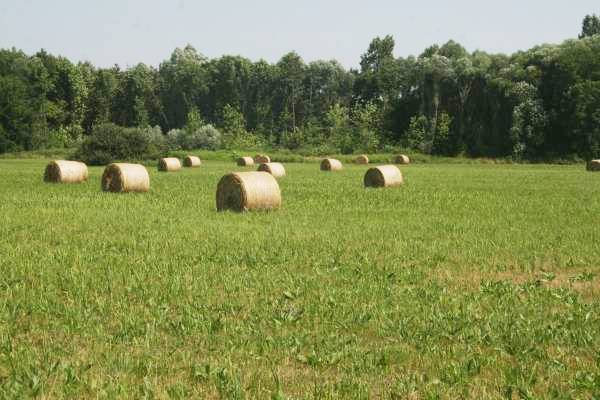
Little Hungarian Plain

The Kisalföld is located in the northwestern part of Hungary. The name Kisalföld distinguishes the area from the Alföld, meaning the larger plain of the Carpathian Basin, i.e. the "Great Plains". The Slovak part of the territory and the southern Hungarian part are separated by the Danube. The part of Slovakia east of Bratislava is called in Slovak Podunajská nížina, i.e. lowlands along the Danube. Its total area is 9,000 km², less than half of which – 4,000 km² – belongs to Hungary.
The Little Hungarian Plain - formerly the Little Hungarian Lowland, the Győri Basin or the Bratislava Basin - is a geographical area that includes the western plain of Slovakia, the "Hungarian Little Land" in the northwestern part of Hungary, and the Seewinkel region in Austria.
Since the Miocene age, it is a continuously sinking area that was covered by the Pannonian Sea. Later, the Danube and its tributaries, which appeared here, filled it with their sediments. This is how Europe's largest river alluvium cone, the area of Szigetköz and Csallóköz, was created. Most of its surface is perfectly flat, and good fertile soil has formed on the alluvial cones.
Komárom-Esztergom plain
The area of the Komárom-Esztergom plain includes the Győr-Tatai terrace area, the Igmánd-Kisbéri basin and the Almás-Táti-Danube valley.
Győr-Esztergom plain
The northern part of Slovakia is the Esztergom-Danube Valley. The southern, Hungarian part of the Győr-Tatai terrace region is the gradual completion and wedging of the Little Plain in the eastern direction, which is characterized by the terrace remains of the Danube, which once flowed at higher levels.